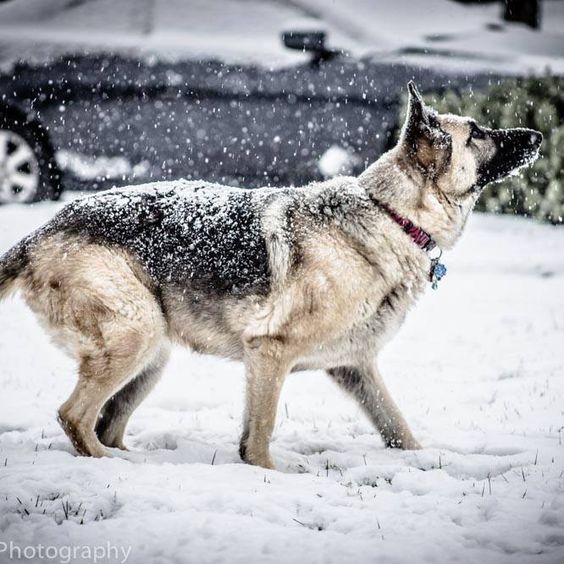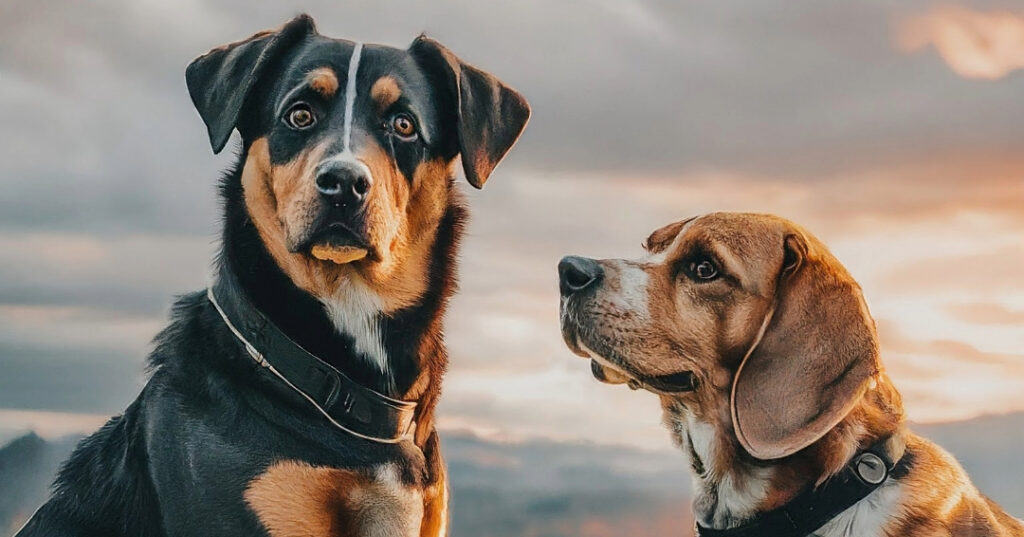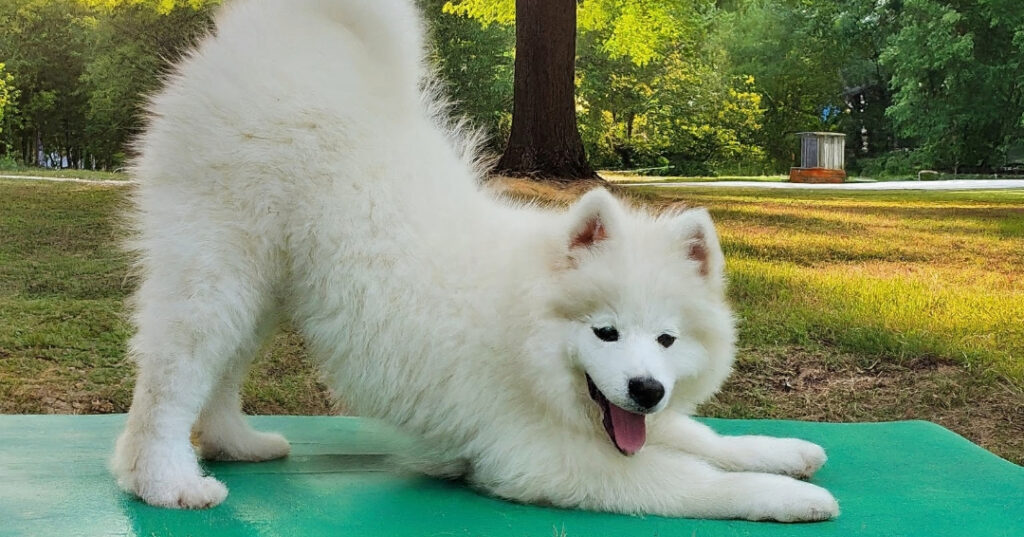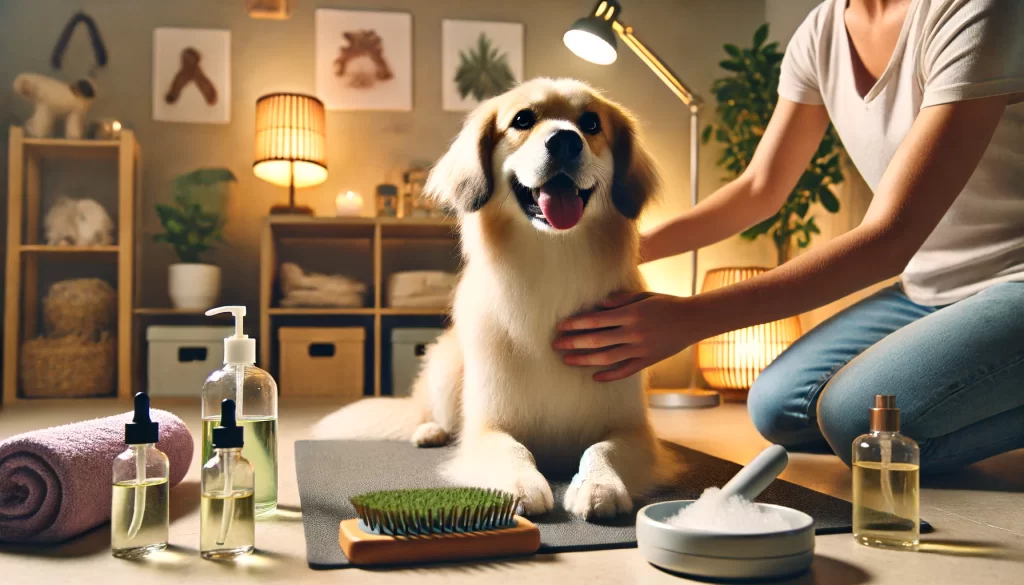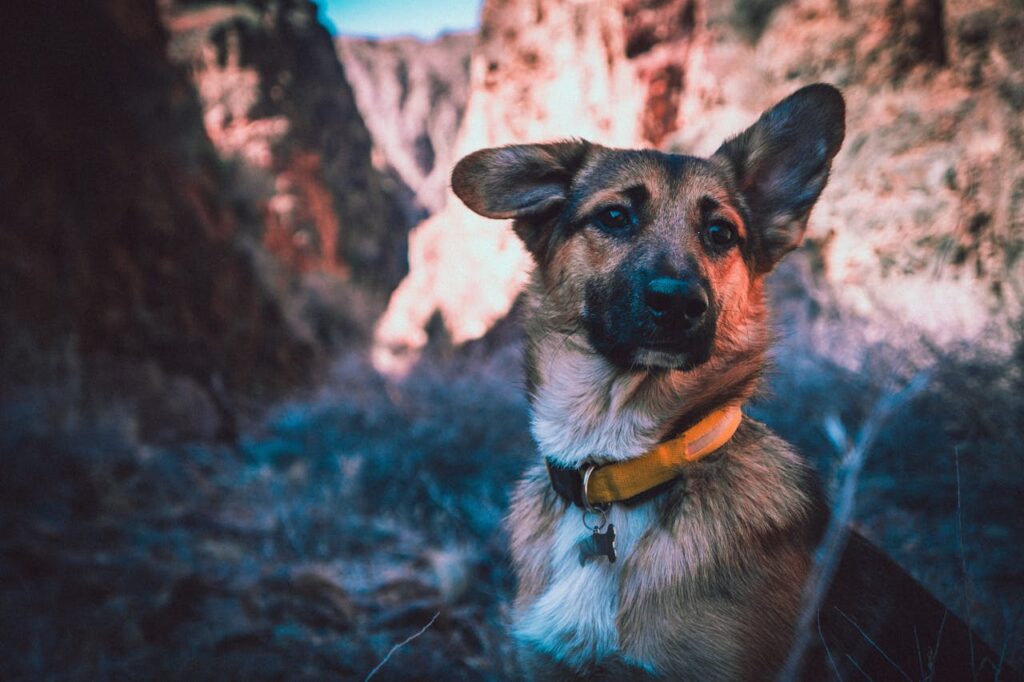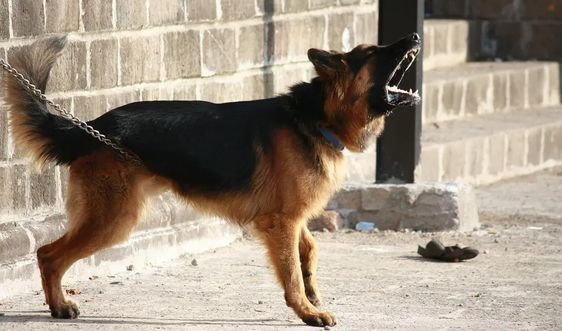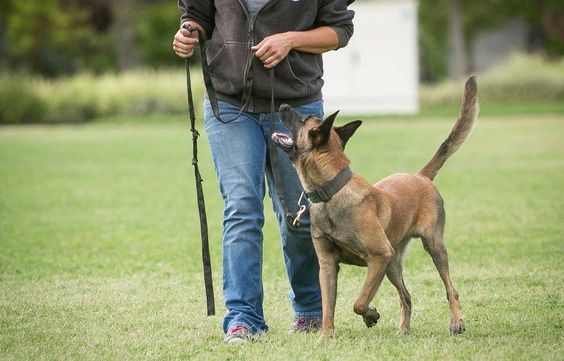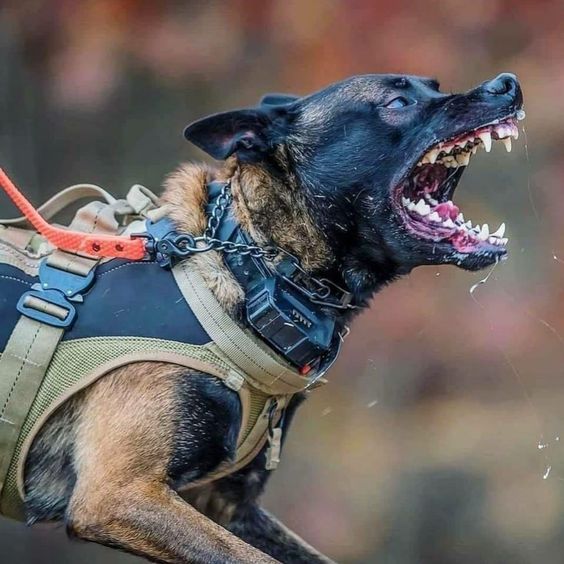Shoreline Scholars: Beach Training for Happy Dogs
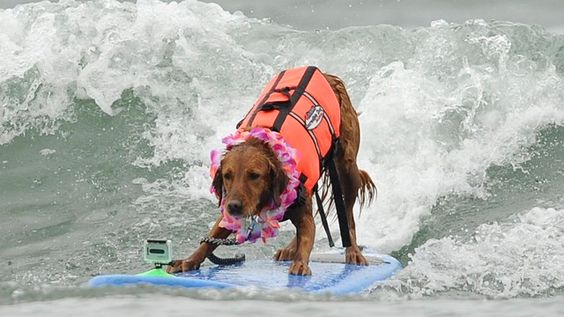
Beach Training There’s something magical about the beach—the rhythmic sound of waves crashing against the shore, the salty breeze, and the endless stretch of sand. It’s a place that brings joy and relaxation to many of us. But have you ever considered how much your dog might enjoy it too? Beach training for dogs is becoming increasingly popular, and for good reason. Not only does it provide an excellent environment for physical exercise, but it also offers unique opportunities for mental stimulation and socialization. Welcome to Shoreline Scholars: Beach Training for Happy Dogs.
The Benefits of Beach Training
Physical Exercise
One of the most obvious benefits of beach training is the physical exercise it provides. Running on sand is more challenging than running on solid ground, which means your dog gets a more intense workout. This can help build strength, stamina, and overall fitness. Additionally, swimming in the ocean is a low-impact exercise that is easy on your dog’s joints, making it perfect for dogs of all ages and sizes.
Mental Stimulation
The beach is full of new sights, sounds, and smells that can keep your dog mentally stimulated. From the sound of the waves to the scent of seaweed, every trip to the beach is a sensory adventure. This mental stimulation can help reduce boredom and prevent behavioral issues that can arise from a lack of mental engagement.
Socialization
Beaches are often popular spots for dog owners, making them ideal places for socialization. Your dog will have the opportunity to interact with other dogs and people, which can help improve their social skills and reduce anxiety in new situations. These interactions can be invaluable for puppies and young dogs as they learn how to behave around others.
Getting Started with Beach Training
Safety First
Before you head to the beach, it’s important to consider your dog’s safety. Make sure the beach you’re visiting is dog-friendly and check for any rules or restrictions. It’s also a good idea to bring fresh water and a bowl to keep your dog hydrated, as drinking saltwater can be harmful. Be mindful of the temperature, as hot sand can burn your dog’s paws, and always supervise your dog while they’re swimming to prevent accidents.
Basic Commands
Beach training is an excellent opportunity to reinforce basic commands like sit, stay, come, and leave it. The beach’s distractions can help proof these commands, making sure your dog listens to you even in exciting environments. Start with short training sessions and gradually increase the duration as your dog becomes more comfortable.
Fun Activities
Incorporate fun activities into your beach training to keep your dog engaged and happy. Fetch is a classic game that can be made even more exciting with the added challenge of sand and waves. Hide and seek can also be a great way to practice recall and build your dog’s focus. Additionally, you can introduce agility training using natural obstacles like driftwood or rocks to create a fun and challenging course.
Building a Stronger Bond
One of the most rewarding aspects of beach training is the bond it can help you build with your dog. Spending time together in such a joyful environment can strengthen your relationship and create lasting memories. Your dog will learn to trust and rely on you, knowing that you’re there to keep them safe and guide them through new experiences.
Conclusion
Beach training is a wonderful way to keep your dog happy, healthy, and well-behaved. The combination of physical exercise, mental stimulation, and socialization can lead to a more balanced and fulfilled dog. So pack up your beach gear, grab your furry friend, and head to the shoreline for some fun and rewarding training sessions. Your dog will thank you for it, and you’ll both enjoy the many benefits that come with being Shoreline Scholars.
Shoreline Scholars: Beach Training for Happy Dogs Read More »

